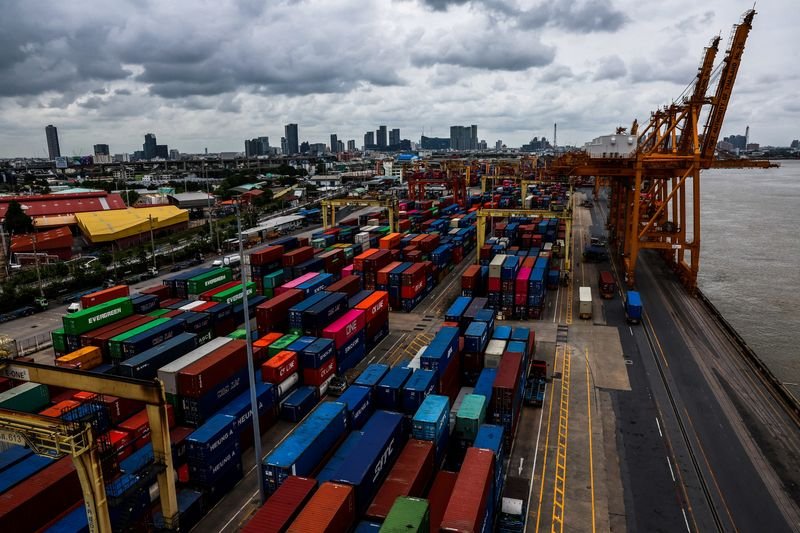Understanding Trump’s Tariffs: Current and Potential Changes
In recent years, tariffs imposed by the Trump administration have significantly impacted American trade policies. This article examines the existing tariffs, their effects, and possible future implications.
Overview of Current Tariffs
Since taking office, President Trump has enacted various tariffs, primarily targeting imports from China, as part of a broader strategy to protect American industries. The primary goal of these tariffs was to address trade imbalances and stimulate domestic manufacturing by making imported goods more expensive.
Key Sectors Affected
The tariffs have targeted numerous sectors, including steel, aluminum, and specific consumer goods. The steel and aluminum tariffs, for example, aimed to safeguard American jobs in these industries by raising the cost of imported metals. This move has led to increased prices for consumers and manufacturers that rely on these materials.
Impact on Consumers and Businesses
The introduction of tariffs has led to a ripple effect across the economy. For consumers, the increased costs of imported goods can lead to higher prices at retail. Directly affected sectors include electronics, clothing, and household items, which have seen price hikes due to the tariffs on their raw materials.
Businesses also face challenges, as many rely on global supply chains. Higher costs for imported products can squeeze profit margins, leading some companies to reassess their pricing strategies or absorb costs.
Potential Future Tariffs
As the political landscape continues to evolve, discussions around future tariffs remain prevalent. Some experts suggest that additional tariffs may be imposed on other countries, potentially expanding beyond China to include nations such as Mexico or the European Union. Such changes would further alter the dynamics of international trade and impact American consumers and businesses.
Possible Reactions from Trade Partners
Trade partners facing increased tariffs might respond with their own measures, potentially initiating a cycle of retaliation. This could lead to a trade war that affects global markets. Countries may impose tariffs on American goods, affecting exports and leading to reduced competitiveness in international markets.
Administration’s Stance
The current administration’s approach to tariffs may shift depending on domestic and international economic conditions. Policymakers will likely evaluate the effectiveness of existing tariffs in achieving their objectives. If the tariffs fail to produce the intended economic benefits, modifications may be considered.
Economic Ramifications of Tariffs
Understanding the economic implications of tariffs is crucial for consumers and businesses alike. Tariffs can hinder economic growth by limiting trade and increasing costs for businesses and consumers. In particular, sectors heavily reliant on imports may face significant challenges.
Impact on Job Markets
The job market also sees consequences from tariff policies. While certain industries, such as steel and aluminum, may see job growth, other sectors may suffer layoffs due to increased operational costs. Such fluctuations in employment can lead to broader economic instability, affecting local communities.
Long-Term Economic Strategies
In the long term, maintaining a balance between tariffs and free trade is essential for sustainable economic growth. Policymakers will need to carefully consider how tariffs impact not only immediate economic conditions but also long-term trade relationships.
Conclusion on Tariffs
Navigating the complexities of tariffs requires a nuanced understanding of both domestic policies and international market dynamics. For consumers, businesses, and policymakers, staying informed about current and potential tariff changes is vital for making strategic decisions in an ever-evolving economic landscape.
In summary, Trump’s tariffs are a key component of America’s trade strategy, designed to protect domestic industries and address trade imbalances. The effects of these tariffs are felt across various sectors, influencing prices and job markets while prompting discussions about future trade policies.
